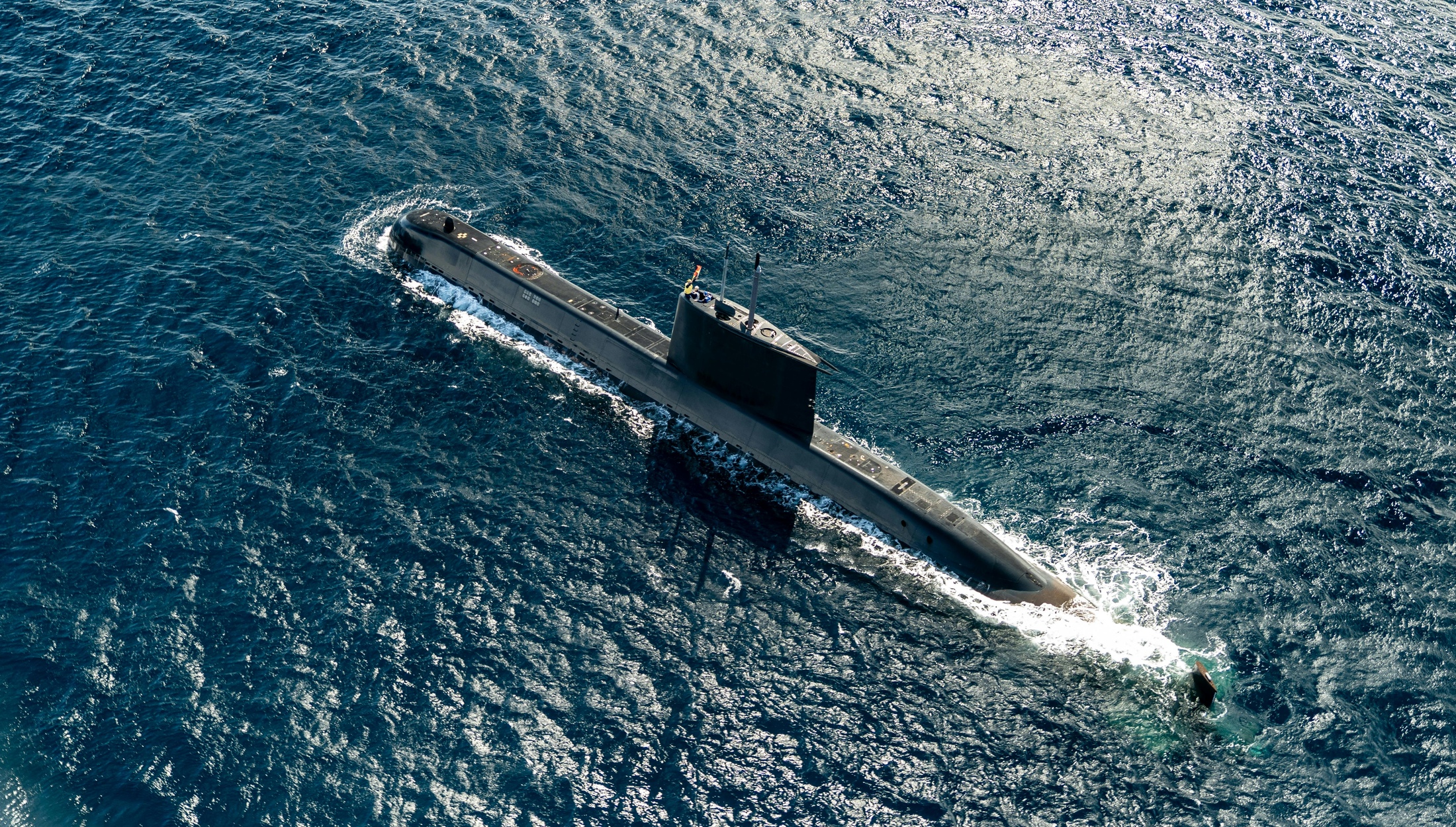Taiwan unveiled its first domestically constructed Hai Kun-class submarine in November 2023. The island nation wants to construct seven more submarines by 2027 to quell China’s renewed reunification pressures in the midst of heightened tensions in the cross-strait relations. (Photo Credit: Taiwan Navy)
Taiwan’s strategic position in the Indo-Pacific region has prompted the island nation to invest significantly in its defence capabilities, particularly in naval assets. Among the notable developments is Taiwan’s pursuit of a modern and technologically advanced submarine fleet. In recent years, Taiwan has made considerable progress in enhancing its submarine capabilities to address security challenges and maintain a credible deterrent. This article explores Taiwan’s efforts in developing a robust submarine fleet, highlighting key features and the strategic implications for regional security.
On 28 November 2023, Taiwan introduced its inaugural domestically developed defence submarine (潛艦), named ‘Hai Kun’ or ‘Narwhal’ in the southern port city of Kaohsiung. The island’s leader, Tsai Ing-wen, characterized this event as a significant achievement in achieving “defence independence,” particularly in the midst of heightened tensions in the cross-strait relations.
“Taiwan has launched the prototype of our first indigenous submarine, Narwhal. From the review of our defense strategy, the modernization of our weapons and equipment, and the buildup of our civil defense system, to the enhancement of our military training, our comprehensive national defense reform is well underway”, President Tsai said during her latest 2024 new year address.

In a bold move to bolster its defence capabilities, Taiwan has unveiled its indigenous defence submarine, the Hai Kun-class, as a pivotal element in deterring Beijing’s potential attempts at forceful reunification. As cross-strait tensions continue to simmer, these advanced submarines are poised to play a crucial role in safeguarding Taiwan’s sovereignty.
In response to the growing security challenges, Taiwan initiated its Indigenous Defence Submarine (IDS) program, aimed at developing technologically advanced diesel-electric submarines. The program seeks to strengthen Taiwan’s naval capabilities and reduce its dependence on foreign suppliers for critical defence assets. The indigenous nature of the program allows Taiwan to have greater control over the design, production, and maintenance of its submarine fleet.
The Hai Kun-class submarines built by Taiwan’s CSBC Corporation represent a significant leap forward in Taiwan’s defence capabilities. Developed as part of the island’s Indigenous Defence Submarine (IDS) program, these state-of-the-art vessels are equipped with cutting-edge technology, designed to operate stealthily and counter potential threats effectively. Taiwan plans to deliver three more in 2025, and another four boats by 2027. The introduction of a total of eight Hai Kun-class submarines will then help Taiwan to discard its already ageing submarine fleet which consists of two old World War 2 era US submarines bought in 1980sand another two acquired from Netherlands in 1990s respectively. For more information on this please refer Table 1 below.
Table 1: Taiwan’s submarine capabilities and ongoing progress till 2023
| Submarine Class | Origin | Acquired/Planned | Usage | Armament |
| Tench-class | US | 1973 | Training | |
| Balco-class | US | 1973 | Training | |
| Zwaardvis-class or Chien Lung-class (based on US Barbell-class) | Netherlands | 1987 | Operations | |
| Zwaardvis-class or Chien Lung-class (based on US Barbell-class) | Netherlands | 1988 | Operations | |
| Hai Kun-class | Domestic (Taiwan) with 60% foreign suppliers (US, Japan and others) | 2024 | Prototype | MK 8 torpedoes, Harpoon anti-ship missiles |
| Hai Kun-class | Domestic (Taiwan) | 2025 | Test Platform | |
| Hai Kun-class | Domestic (Taiwan) | 2025 | Operations | |
| Hai Kun-class | Domestic (Taiwan) | 2025 | Operations | |
| Hai Kun-class | Domestic (Taiwan) | 2027 | Operations | |
| Hai Kun-class | Domestic (Taiwan) | 2027 | Operations | |
| Hai Kun-class | Domestic (Taiwan) | 2027 | Operations | |
| Hai Kun-class | Domestic (Taiwan) | 2027 | Operations |
Source: Various online news and government websites
Featuring advanced noise reduction measures, streamlined hull designs, and enhanced sonar capabilities, the Hai Kun-class submarines are tailor-made to minimize detection risks. The vessels’ multi-mission capabilities include anti-submarine warfare, intelligence gathering, and surface warfare, underscoring Taiwan’s commitment to creating a versatile and potent naval force. The Hai Kun-class submarines will have MK 48 torpedoes and Harpoon anti-ship missiles to deter China’s navy assets.
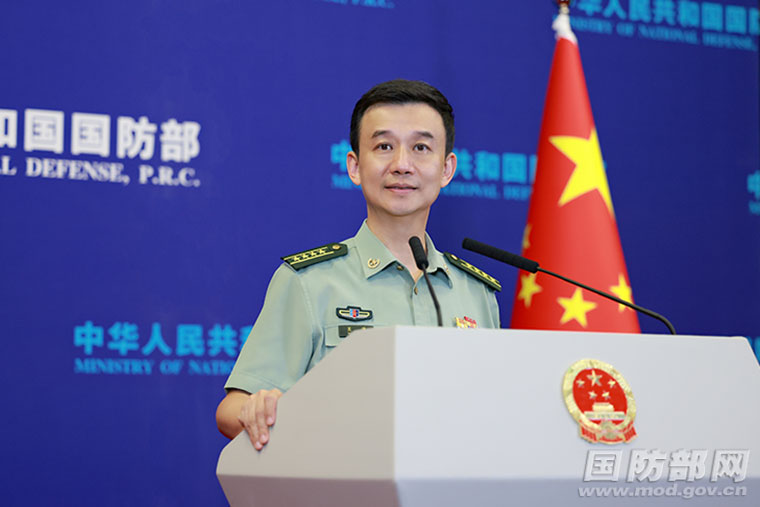
Wu Qian, Ministry of National Defence spokesperson criticized Taiwan’s pursuit for indigenous submarine construction program. “No matter how many weapons the Taiwan’s Democratic Progressive Party authorities build or buy, they will not be able to stop the general trend of national reunification, or shake the staunch determination, strong will and strong capabilities of People’s Liberation Army to defend national sovereignty and territorial integrity’, Wu said.
As tensions persist across the Taiwan Strait, the Hai Kun-class submarines clearly symbolize Taiwan’s proactive approach to securing its interests. These submarines not only enhance the island’s maritime defence capabilities but also send a strong message that Taiwan is ready and capable of defending itself against external threats.
Mao Ning, Foreign Ministry spokesperson also added a staunch warning to Taiwan’s efforts to keep China’s forceful reunification of the island nation. “Taiwan is an inalienable part of the Chinese territory, and the reunification of the two sides of the Taiwan Strait is bound to be realized,” she said.
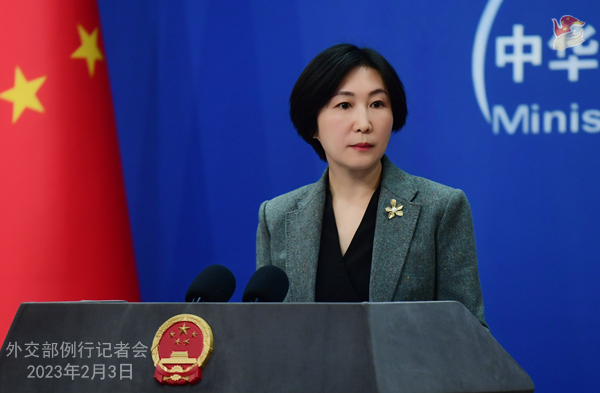
The strategic significance of Taiwan’s Hai Kun-class submarines lies in their potential to serve as a formidable deterrent against any aggressive moves by Beijing as evident from the above statements from China’s spokespersons and Chinese President Xi Jinping in his latest 2024 new year address to his nation.
“We will continue to support Hong Kong and Macao in harnessing their distinctive strengths, better integrating themselves into China’s overall development, and securing long-term prosperity and stability. China will surely be reunified, and all Chinese on both sides of the Taiwan Strait should be bound by a common sense of purpose and share in the glory of the rejuvenation of the Chinese nation”, Xi Jinping said.
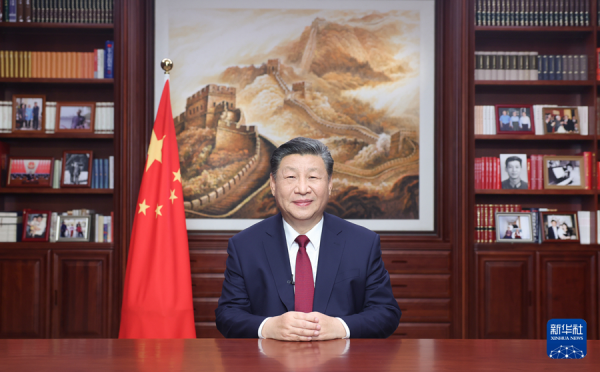
The Hai Kun-class submarines, with their advanced weaponry and stealth capabilities, add a layer of complexity to any potential military engagement. By investing in these indigenous submarines, Taiwan aims to raise the cost and risk associated with any attempt at forceful reunification, thus promoting regional stability. With China consistently asserting its claims over Taiwan, these submarines bolster Taiwan’s defence posture, making any military action a risky proposition for Beijing.
Taiwan, facing an ever-evolving security landscape, recognizes the importance of maintaining a strong naval presence to safeguard its interests in the Taiwan Strait and the surrounding waters. Submarines play a crucial role in providing a stealthy and formidable component to Taiwan’s defence strategy, allowing for a credible deterrent against potential adversaries. With the increasing modernization of naval forces in the region, Taiwan’s investment in advanced submarine technology becomes imperative for maintaining a strategic balance.
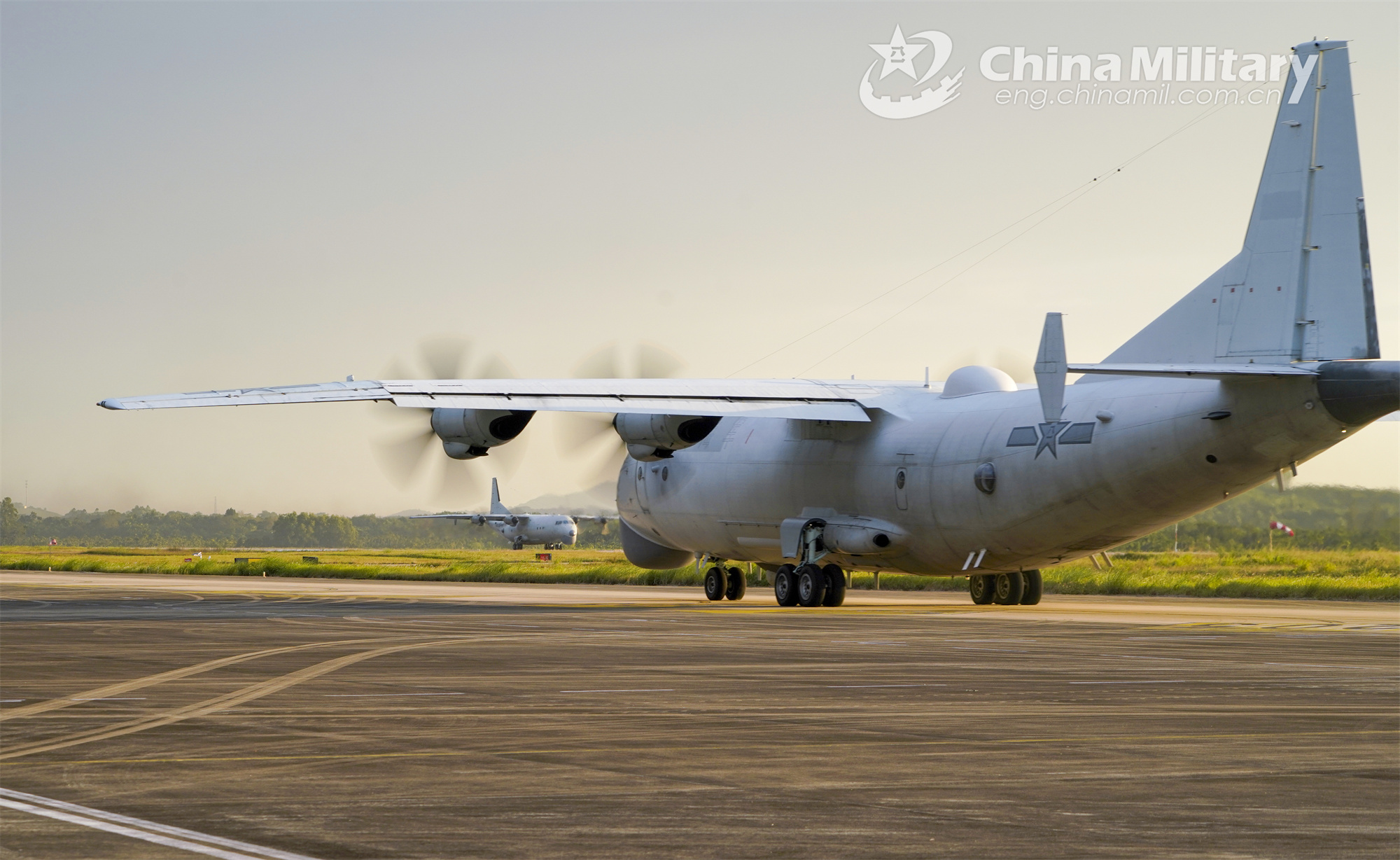
As the geopolitical landscape continues to evolve, the strategic importance of a capable submarine fleet becomes increasingly evident. Taiwan’s introduction of the Hai Kun-class submarines underscores the island’s commitment to maintaining its sovereignty in the face of geopolitical challenges. As Beijing continues to flex its military muscle with a strong anti-submarine network in the region through its own submarine fleet, surface warships, anti-submarine patrol aircrafts and helicopters as well as several corvettes, frigates and destroyers, Taiwan’s quest for advanced submarines serve as a powerful symbol of its determination to protect its interests and preserve peace in the Indo-Pacific.



